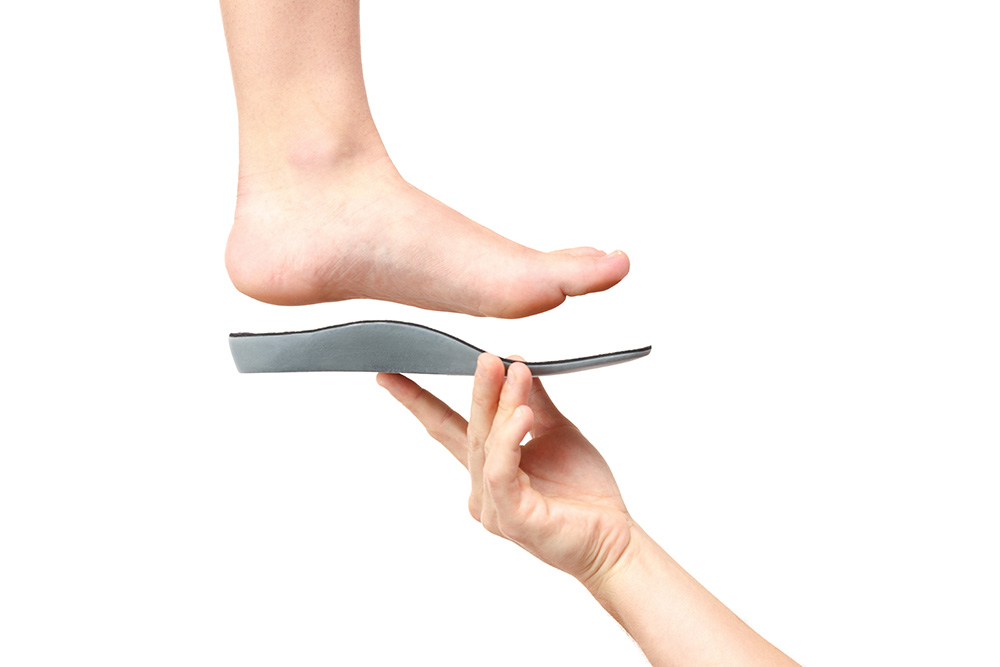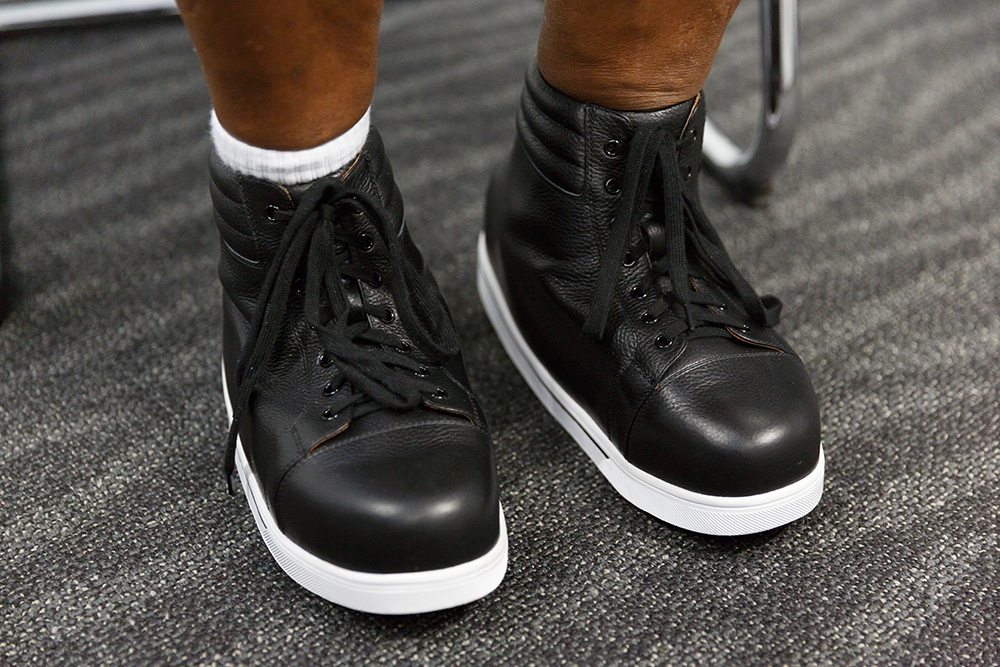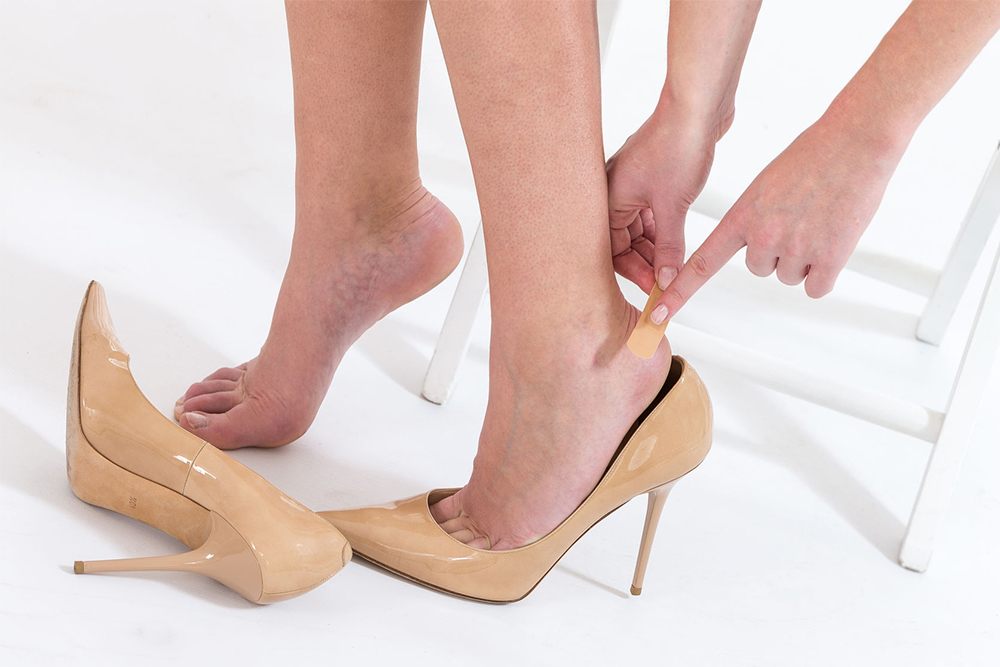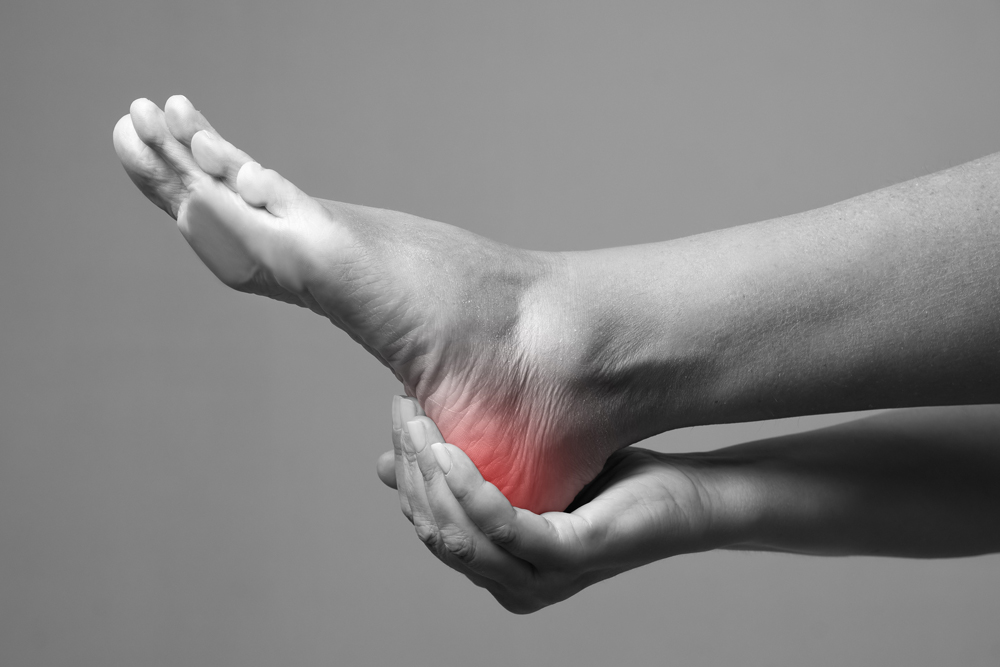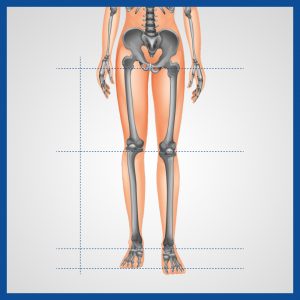 A leg length difference (LLD), or discrepancy, describes a difference in the length of the legs, from the hip bone down to the feet. Having small variations (0.1mm to 0.5mm) in leg length is not uncommon, and may or may not cause any pain or problems. When they do, or the LLD is more significant (>0.5mm), it may cause changes in a person’s gait (the way they walk), lead to pain or complications, and impact a person’s quality of life.
A leg length difference (LLD), or discrepancy, describes a difference in the length of the legs, from the hip bone down to the feet. Having small variations (0.1mm to 0.5mm) in leg length is not uncommon, and may or may not cause any pain or problems. When they do, or the LLD is more significant (>0.5mm), it may cause changes in a person’s gait (the way they walk), lead to pain or complications, and impact a person’s quality of life.
What causes differing lengths between the legs?
The cause of a leg length can vary – the first step is to identify whether the LLD is functional or structural. Functional LLD’s are created by a difference in the biomechanics between the feet, that causes a LLD when standing. When lying down, the leg length may appear similar or the same. A good example is having posterior tibial tendon dysfunction affecting the tendon on one foot, which can result in one foot being flatter than the other.
A structural LLD describes the difference in the physical length of the bones, usually the tibia or the femur. This can be measured both standing and when lying down.

In recent years, many more individuals have benefitted from life-changing joint replacement surgery. Generally, either a knee or hip joint that has been damaged via degenerative osteoarthritis or less commonly infection or trauma, is replaced using modern innovative surgical techniques and specialised joint prostheses. LLD’s can be a complication of joint replacement surgery due to size differences in the prosthetic joint compared to the other natural joint. While your surgeon will make every effort to maintain the leg length that you had before surgery, there is no guarantee due to the intricate positioning of the new joint.
What are the symptoms of a leg length difference?
Not all LLD’s have any symptoms. If they do, they may include:
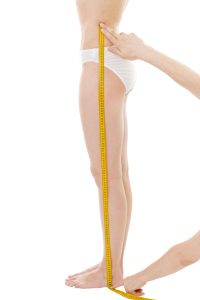 Lower back pain when standing for any length of time (functional scoliosis)
Lower back pain when standing for any length of time (functional scoliosis)- Hip pain
- Scuffing of one foot or tripping regularly
- Bending one knee when standing to find comfort
- Soreness in the arch or ankle
- Hitching the hip to try to clear the ground
- Shorter steps on the affected leg
- Slower walking speed
- Uneven loading and pressure distribution between the legs
- Stress fractures
- Muscular strain and tendinopathies
- Knee pain
Diagnosing and treating leg length differences
When a leg length discrepancy exists, it can often be observed by the trained eye. My FootDr podiatrists are trained in this area and will assess you both standing and lying flat. We are able to use this information compared with your symptoms and biomechanical information to identify if a difference exists, and whether it is necessary to treat the difference.
If treatment is required, then it is directed towards alleviating the leg length inequality with an in-shoe raise or a custom-made foot orthotic. Often, this can help offer an immediate correction of gait problems, as well as allow any muscle/tendon overuse injuries to heal.



